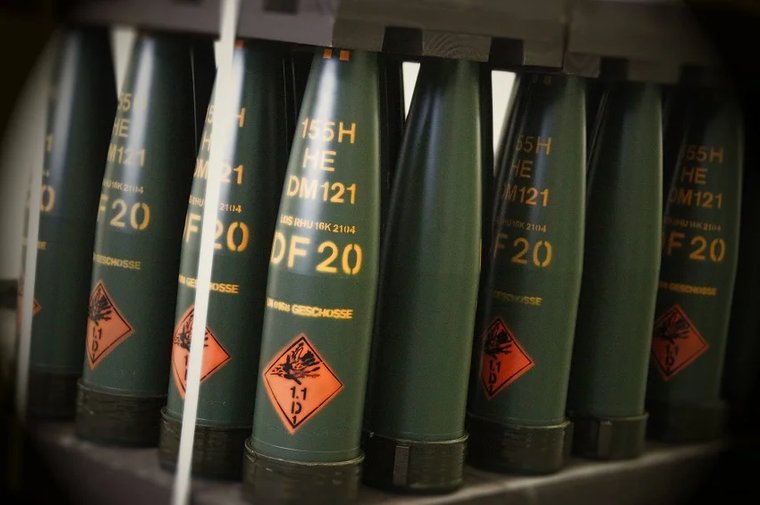Ten allied navies have converged in the Mediterranean Sea this month to practice fighting submarines and surface warships, as a resurgent Russia expands its naval presence in the region.
Dynamic Manta is an annual, 11-day NATO exercise meant to improve coordination between participating navies. The exercise off the coast of Sicily ends Friday.
Linking technologies, crews and vessels is a complex challenge but crucial in submarine warfare within the vast area that NATO patrols, said Rear Adm. Andrew Lennon, NATO submarines commander.
“Locating just one submarine typically requires coordination among several ships and aircraft,” Lennon said.
About 5,000 sailors from Belgium, Canada, France, Germany, Greece, Italy, Spain, Turkey, the United Kingdom and the United States took part in the drills.
In all, six submarines, two destroyers and seven frigates, as well as 10 maritime patrol aircraft and nine helicopters engaged in the exercise. The U.S. Navy provided two P-8A Poseidons, a P-3 Orion, a submarine and the destroyer USS Laboon.
Exercises like these sharpen tactical proficiency and signal to Moscow that NATO can track and defeat Russia’s naval forces, said Michael Petersen, director of the Naval War College’s Russia Maritime Studies Institute.
“So there is a deterrence message baked into these exercises,” Petersen said.
Russia is deploying more submarines in the North Atlantic, Mediterranean and Black Sea, Petersen said. Recently, it added six guided-missile boats to its Black Sea fleet, giving it a total of seven submarines cruising those waters, he said.








